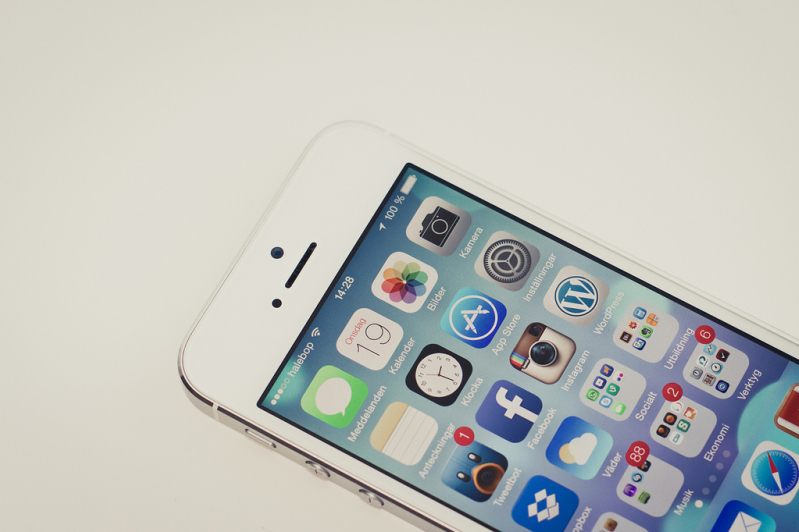
Tech giant Apple is not a company associated with OLED or organic light-emitting diode display. In fact, Apple is yet to use the new display technology on its iPhones since it has been using LCD displays for the longest time. However, among other rumors surrounding the upcoming iPhone 8, Apple is supposedly working to integrate the said innovative technology. One obvious sign is by tapping the services of Samsung as its primary supplier.
Samsung has been using the OLED or organic light-emitting diode screen technology on some of its devices. The company's successful Galaxy S7 Edge device is integrated with OLED display that allows for its bezel-less curved display. This is something that Apple is being rumored to achieve with iPhone 8. Apparently, LG is the other supplier with Sharp about to join by 2018.
The decision to leave the era of LCD display for iPhones is reflected by a DisplayMate Technologies expert. Raymond Soneira said that in an email to Forbes that "Apple has taken the iPhone LCD display as far as it can go." He said that Apple has to start utilizing OLED displays into their upcoming iPhones. Otherwise, it will not "stay at the leading edge of smartphone innovation."
Sharp's President Tai Jeng-wu agreed as he addressed students at Tatung University, according to Nikkei. Tai was awarded an honorary doctorate degree and mentioned Apple's iPhones. Though Tai did not exactly say which upcoming iPhone will have the OLED display, he confirmed that iPhone "has been evolving" and it is switching to OLED panels. He also said that regardless if the OLED iPhones will be hugely successful, the tech company has to walk down that path. Or else, "there will be no innovation". Tai added that "it is a crisis but it is also an opportunity".
The crisis is actually real for Apple. Its iPhone sales has been declining. The whole smartphone market is suffering the same fate. Based on the global research firm International Data Corporation's preliminary data, iPhone shipments fell from 48 million units to only 45.5 million in the third quarter of 2016. Furthermore, its market share is down from last year's 13.4 percent to 12.5 percent. Forbes further reports that the first annual sales decline since 2001 may have been caused by weakening demand of iPhones. It also does not help that the latest Apple iPhone 7 product lacks innovative features.
Samsung's flagship devices Galaxy S7 and Galaxy S7 Edge, both equipped with OLED displays, have helped Samsung maintain its "King of the Smartphones" status despite the Galaxy Note 7 fiasco. For comparison, there were 72.5 million units shipped for Samsung. Its market share went down to 20.0 percent. But it still is significantly higher than Apple's iPhones. Though Samsung has a bigger drop difference in units shipped.
It should be noted that Google's new Pixel and Pixel XL are also using OLED displays. However, it is Apple's fiercest rival Samsung that reigns when it comes with OLED display technology. As mentioned above, Apple's venture into this technology will allow the company to join in further innovations that include curved and flexible displays. There are also benefits in switching from LCD to OLED display. For instance, iPhones won't have to use backlight. OLED panel consumes less power. It's more energy efficient than LCD, according to Tech Beasts.
Soneira added that OLED also provides amazing image quality with its image contrast accuracy and screen uniformity. Among other advantages are a really fast response time, better viewing angles and an always-on display mode. If the rumors are true that Apple will create an OLED iPhone, perhaps the upcoming iPhone 8 next year, then it will certainly keep up with the growing competitions of OLED display among smartphone manufacturers.







